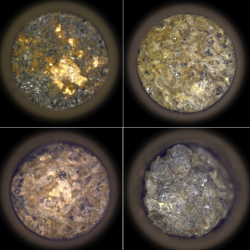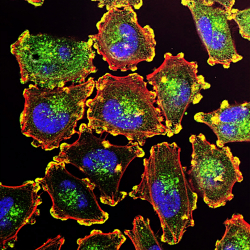
Living in the desert is a challenge. But the Mojave desert woodrat has an ace to play: it can eat poison. This allows the cute little rodent to survive and thrive by feeding on toxic creosote bushes. Remarkably, it hasn’t evolved the genes required to do so. Instead, it eats the faeces of other woodrats and thereby inherits detoxifying bacteria that take up residence in its gut.
The desert woodrat is an example of how the things organisms do can affect their evolution. And it is far from a one-off: in recent years, it has become clear that many organisms influence their own evolution by creating non-genetic traits that can become subject to natural selection. This challenges traditional Darwinian thinking, which sees evolution as a process rooted in random genetic mutation. But that’s not all. These non-genetic ways of adapting may also help explain another puzzling aspect of evolution – evolvability, or why some organisms have a greater capacity to evolve than others.
I am one of a growing group of evolutionary biologists who believe that non-genetic inheritance plays a vital role in evolvability. This has practical implications. Faced with climate change, species must adapt fast or go extinct, and evidence is mounting that extragenetic adaptations, such as those found in the desert woodrat, can rescue organisms from the brink. The new thinking has implications for how we view our own evolution, too. Our complex culture makes the way humans evolve very different and far more rapid than the evolution of most other species. This unusual,…









Leave a Comment